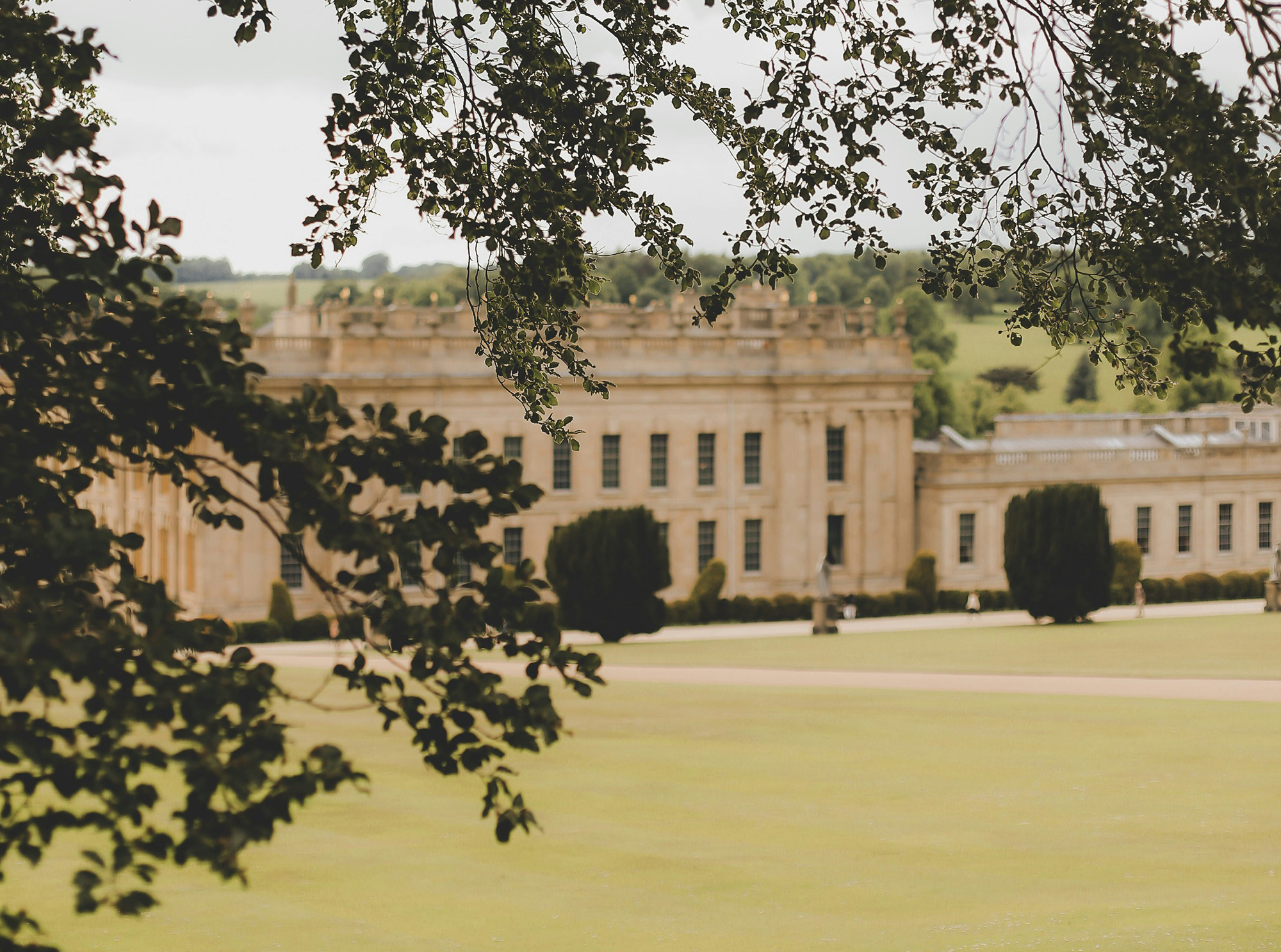Whether you are planning a day hike or a multi-day trek, it is essential to have the right equipment to ensure that you are comfortable, safe, and prepared for any eventuality.
PLAN: The first step in preparing for a walk is to plan it by selecting the route and deciding when to embark on it. This website may have provided you with some peak district walking route ideas, but there are numerous excellent resources on the internet to help you find inspiration for a great route.
WEATHER: Next, check the weather! Once you know where you will walk, roughly how long it will take and what day/time it will be – check the weather forecast!
Here is a comprehensive walking equipment list for the Peak District, covering everything from clothing and footwear to navigation and first aid.
Hiking Clothing
When it comes to clothing for walking in the Peak District, layers are key. The weather can change rapidly, and it is essential to be able to adjust your clothing accordingly. You’ll need something light and comfortable while you walk, something warm for when it gets colder and waterproof in case it rains.
Here are some items that you should consider:
Base Layers
- Your baselayer, which can be a T-shirt or top, should be able to draw moisture away from your body.
- Thermal underwear or leggings for winter
- A long-sleeved top made from a breathable material
Mid Layers
- A fleece jacket or pullover
- A lightweight down jacket or vest
- A softshell jacket or windbreaker
Outer Layers
- Walking trousers, quick drying with a good range of movement; avoid Jeans.
- A waterproof and breathable jacket
- Waterproof and breathable trousers
- Woollen or Fleece Gloves
- Hat, Balaclava, Scarf, neck Gaiter or Sunhat
Cotton-made clothing is not very suitable as it takes a long time to dry, and jeans can be especially chilly when wet.
Footwear
Your footwear is arguably the most important piece of equipment when it comes to walking in the Peak District. The terrain can be challenging, and you will want to ensure your feet are well-supported and protected.
Here are some items to consider:
- Hiking boots with ankle support and a sturdy sole
- Gaiters to protect your lower legs from mud and debris
- Wool or synthetic socks
Water
We all know the importance of staying hydrated, but it’s incredible how often we forget to take a flask of water with us when we head out for the day! So make sure that you’ve got enough water for your day out. A titanium flask helps you keep your load light.
Navigation
The Peak District is a vast area, and it is easy to get lost if unfamiliar with the terrain. Even if you are, it is always wise to carry a map and compass and to have a GPS device as a backup.
Here are some items to consider:
- Map: Ordnance Survey maps of the area
- A Compass
- A GPS device with spare batteries
- A guidebook or trail notes
First Aid
Accidents can happen when walking in the Peak District, so carrying a basic first aid kit with you is wise.
Here are some items to consider:
- Plasters and bandages
- Antiseptic wipes or cream
- Painkillers
- Blister pads
- Insect repellent
- Suncream
Other Equipment
There are a few other items that you might want to consider when walking in the Peak District:
- A backpack to carry your equipment and supplies – about 35 litres
- A hydration system or water bottles
- Snacks and food for the duration of your walk
- A head torch with spare batteries
- Walking poles to provide extra support on difficult terrain
- Mobile Phone and portable charger
- Sunglasses
‘Dark Peak’ Walking
- Spare Laces
- Survival Bag
- Spare Insulating Layer
- Emergency Whistle
- Emergency survival bag
Walking in the Peak District is a fantastic way to experience the natural beauty of this stunning region of England. However, having the right equipment to ensure you are safe, comfortable, and prepared for any eventuality is essential. I hope this walking equipment list has helped prepare for your next adventure in the Peak District.
Apart from its natural allure, the region boasts a diverse cultural heritage with a long-standing history of agriculture and mining. Visitors can explore fascinating museums and heritage sites showcasing the area’s industrial past or tour various caverns, historic houses, and gardens. See our guides on Things to do in the Peak District and our Events Guide



